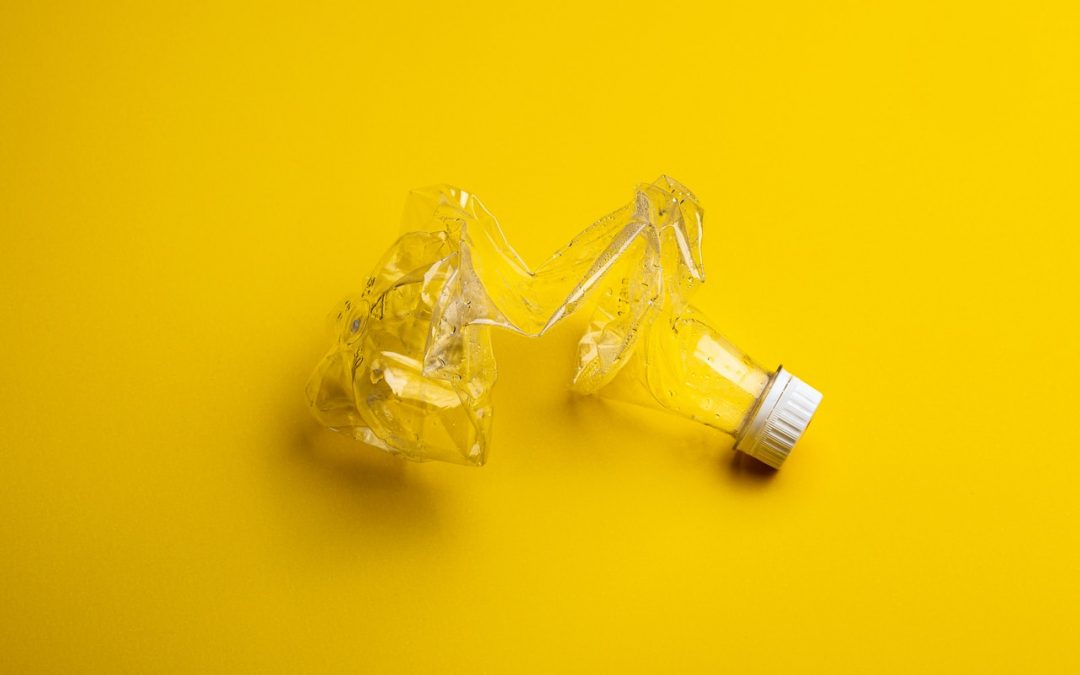We, in Victoria, BC, Canada, have been blessed, more blessed than many other parts of North America. We’ve had some amazing warmish weather, bringing out the best in many things: flowers, blossoms and the urge to live a healthy life style. That includes eating right, getting out for walks and breathing in good, clean, fresh air, fostering a positive attitude, relaxing, being with loved ones, both family and friends and pets, and recognizing the abundance that surrounds us.
Even though I like to focus on the beauty that surrounds us, sometimes, I feel it is important to look at what is happening in the world, thus this blog is about the crisis that plastics are creating worldwide, both in our environment and in what we are drinking.
Microplastics
There is a lot of talk about plastics. Awareness is now in the public eye and media. It is time to stop buying water because whether it is water in small bottles, or large bottles, it is still in plastic that is contributing to the environmental plastic foot print. The World Health Organization has done a study on bottled water and has found plastic fibers in bottled water. An alarming 93% of bottled water tested had microplastics in water.
Story of a Whale
Recently there was an article about a dead beached whale. Sure, whales get stranded on a beach all the time and it’s always a sad thing – but what was most shocking about this article was what they found INSIDE the whale… 64 pounds of plastic! According to Vox.com “The plastic crisis is a truly global one, and the numbers are staggering: A 2015 study found that between 4.8 and 12.7 million metric tons of plastic makes it into the ocean from land each year. By 2050, there will be more plastic than fish in the ocean by weight.”
Plastics Inside a Whale – Plastics Inside of Us
The aware mind understands the importance of drinking good quality filtered water, and commits to using a good filtration system. Unfortunately, the success of the bottled water industry continues to grow, even with the knowledge that plastic bottles are a huge potential health hazard. As reported in the Japan Times earlier this month, the world’s leading brands of bottled water have been contaminated with tiny plastic particles that are likely seeping in during the packaging process.1
Islands of Plastic
There’s also the matter of conscience. Every one of us can choose to contribute to the preservation of our environment or expedite its demise. As recently as earlier this month, the Ocean Cleanup Foundation—with researchers at institutions in New Zealand, the United States, Britain, France, Germany and Denmark— published in the journal Scientific Reports, that 79,000 tons of plastic debris, in the form of 1.8 trillion pieces, now occupy an area three times the size of France in the Pacific Ocean between California and Hawaii2. It’s known as the “Great Pacific Garbage Patch.”
According to the Ocean Cleanup Foundation researchers, the plastic is coming largely from Pacific countries, but they also believe that some of the debris comes from elsewhere, moved by ocean currents. Based on prior examinations dating back to the 1970s, the study finds that the plastic in the patch is growing, as more flows in than out2.
Plastic Pollution even in the Arctic!
Plastic pollution is so far-reaching that even the pristine Arctic has been infiltrated. A study published in 2017 in the journal Science Advances, estimates that 300 billion pieces of tiny plastic are suspended in Arctic waters, with even more on the seafloor. 3 Because the population in the Arctic is so small, it is unlikely that it directly contributed to so much waste. Instead, researchers believe the aged and weathered state of the plastic waste suggests that it has been traveling the seas for decades, breaking down along the way. The study was led by Andrés Cózar of the University of Cádiz in Spain, together with researchers from universities in Denmark, France, Japan, the Netherlands, Saudi Arabia, Spain, the United Kingdom and the United States.
Plastic Footprint
Environmental engineer Jenna Jambeck at the University of Georgia conducted a study on plastic waste processes in 2015 and found that humans were filling the oceans with an estimated eight million tons of plastic annually. Projections are that this will increase 22 percent by 2025.4 In addition, the study found that much of the plastic was sinking and damaging the lower depths of the ocean as well as the seafloor. As the plastic footprint enlarges, the future of our planet diminishes.
What is a Solution?
Finding solutions to the plastics crisis is important, like using cloth bags for groceries instead of plastic bags. Avoid the use of plastic straws is also an important solution. And what about the water we drink?
For the health of you and your family and for the planet, quit the bottled water habit. Professional water systems can change tap water into enhanced filtered living water that is alkaline and super hydrates the body! No more plastic bottles, and no more drinking water contaminated with plastic fibres.
The plastic is a big health challenge and it is time to decrease the plastic footprint and help keep our planet green…..and plastic fibers out of our water.
—
Wynter Langston is a Victoria-based “healthy life extension specialist.” For more information visit www.WynterLangston.com
1 https://www.japantimes.co.jp/news/2018/03/16/business/top-bottled-water-brands-contaminated-plastic-particles-report/#.Wr0YvrT83zI
2 https://www.nature.com/articles/s41598-018-22939-w
3 http://advances.sciencemag.org/content/3/4/e1600582.full
4 https://www.washingtonpost.com/news/energy-environment/wp/2015/02/12/humans-are-putting-8-million-metric-tons-of-plastic-in-the-oceans-annually/
